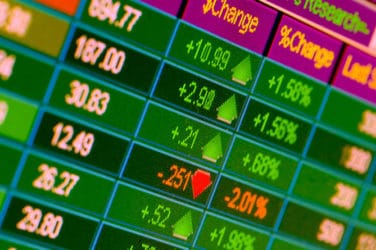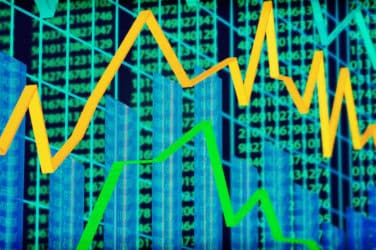
The complexity of equity market structure goes beyond terms like algorithmic and high-frequency trading, co-location, and dark pools, but is instead rooted in the desires of both buy-side and sell-side market participants.
Gregg Berman, associate director of the SEC’s office of analytics and research, addressed the question of market structure complexity in an April 15 speech. His main theme was that the use of buy-side algos has as much influence on market structure, the speed of the market, and the complexity of the markets themselves as much as those used by algorithmic market makers and HFTs.
“As market participants continue to discuss and debate a wide variety of topics related to market structure my hope is that they will consider the impact that their desires have on market structure as much as market structure has on them,” he said.
Joseph Scafidi, director of trading at Brandes Investment Partners, said that HFT “is a broad-stroke term. I look at it as simply the ‘electronification’ of markets we have today, the high-speed electronic trading that needs low-latency networks and technology to execute orders. Within high-frequency trading, as with other segments of the market, there are good participants and there are ones who are unhelpful, unnecessary, or unproductive intermediaries in the market.”
For-profit exchanges and bulge-bracket firms invested considerably in technology, finding themselves with a lot of business verticals with shrinking margins and revenue, according to Scafidi. These entities therefore needed to create other revenue streams with the pools and some of the business lines they now have set up.
“The thing that concerns me about market structure is the direction it’s taken,” Scafidi said. “Do we really need over 200 types of orders in the market? Several of these order types are simply there to give advantage to the short-term holders in the market.”
He added, “When you look at a recent IPO filing that was since withdrawn, and you see that the average holding period of that company is eleven seconds, it’s clear the market has gone too far for short-term participants and not far enough for the long-term holders of capital — the real providers of capital, for whom the markets were created.”
The SEC’s Berman postulated whether there is some fundamental mismatch between the nature of liquidity takers and liquidity makers.
“It’s much more than just the automation of quotes and cancels, in spite of the seemingly exclusive fixation on this topic by much of the media and various outspoken market pundit,” he said. “It’s also about the automated algorithms used by asset managers to trade in size. It’s about the way large orders are chopped up into small blocks to avoid moving the spread.”
Scafidi said: “So what if these ‘liquidity providers’ bridge the gap between buyers and sellers in microseconds? I believe some of these participants are in there moving constantly against you, often not providing liquidity at all, and helping to create a complex market that is ripe for additional problems.”
As for the question of when or whether the SEC should undertake a “holistic” market structure review, Scafidi noted that one of the reasons his company backed IEX was “because we believe market-driven solutions can be more effective and timely when addressing some of our current market structure issues. History shows us that intervention by the SEC or other government agency often yields unintended consequences.”
Featured image via iStock





